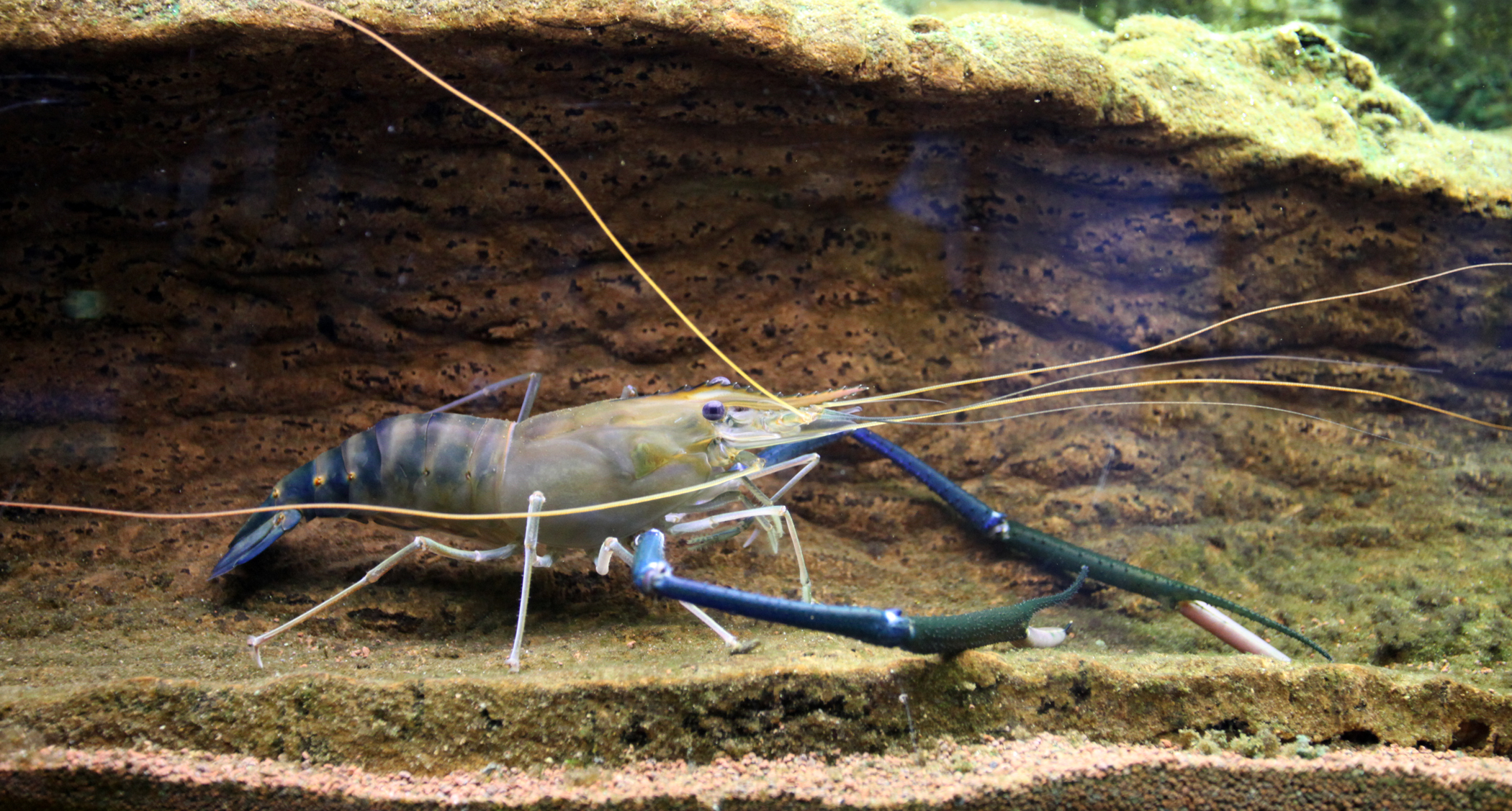|
Hepatopancreatic Parvovirus
Hepatopancreatic parvoviruses (HPV) are viruses with single-stranded DNA genomes that are in the family Parvoviridae, and which infect shrimp, prawn and other crustacean, crustaceans. HPV infects the Epithelium, epithelial cells of the host's hepatopancreas and midgut, leading to stunted growth at the early life stage. For shrimp farms, especially in Asian countries such as China, India and Indonesia, HPV can lead to economic losses in aquaculture due to the reduced production. Virology Hepatopancreatic parvoviruses (HPV) are Icosahedron, icosahedral particles with an average 22 nm diameter, whose genomes consist of negative single-stranded DNA molecules. Four complete genome DNA sequencing, sequences of HPV are available to date: Thailand (''Penaeus monodon densovirus'' (PmoDNV)), Australia (''Penaeus merguiensis densovirus'' (PmeDNV)), India (''Penaeus monodon densovirus'' (PmoDNV) and South Korea (''F. chinensis hepatopancreatic densovirus'' (FcDNV)). Different Strain (biology ... [...More Info...] [...Related Items...] OR: [Wikipedia] [Google] [Baidu] |
Parvoviridae
Parvoviruses are a family of animal viruses that constitute the family ''Parvoviridae''. They have linear, single-stranded DNA (ssDNA) genomes that typically contain two genes encoding for a replication initiator protein, called NS1, and the protein the viral capsid is made of. The coding portion of the genome is flanked by telomeres at each end that form into Stem-loop, hairpin loops that are important during replication. Parvovirus virions are small compared to most viruses, at 23–28 nanometers in diameter, and contain the genome enclosed in an icosahedral capsid that has a rugged surface. Parvoviruses enter a host cell by endocytosis, travelling to the nucleus where they wait until the cell enters its replication stage. At that point, the genome is uncoated and the coding portion is replicated. Viral messenger RNA (mRNA) is then Transcription (biology), transcribed and Translation (biology), translated, resulting in NS1 initiating replication. During replication, the hairpi ... [...More Info...] [...Related Items...] OR: [Wikipedia] [Google] [Baidu] |

